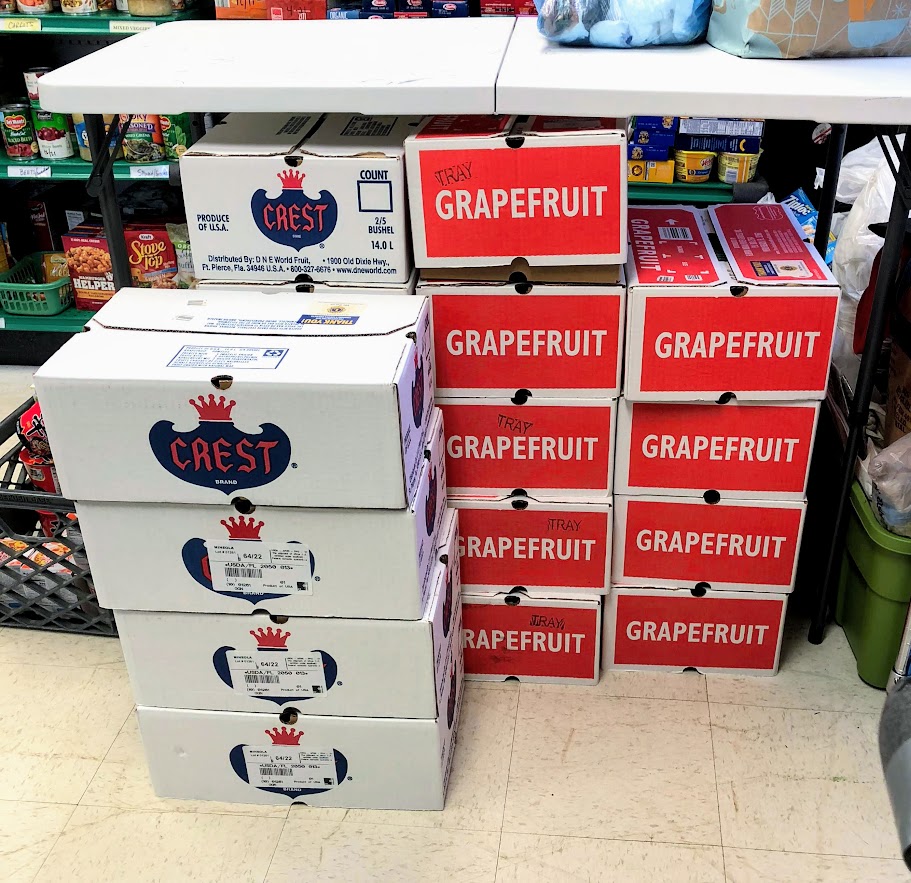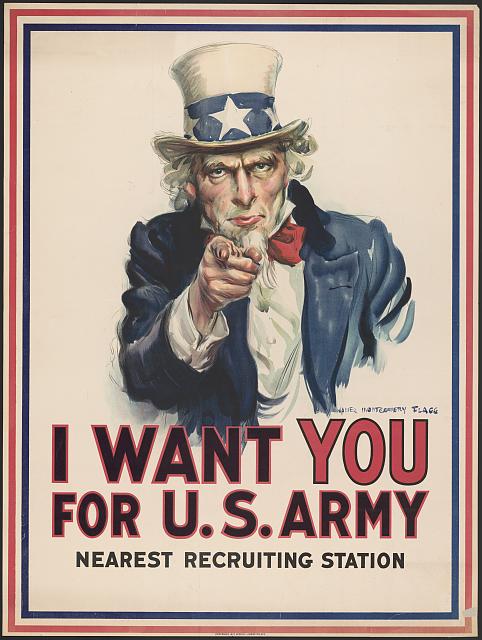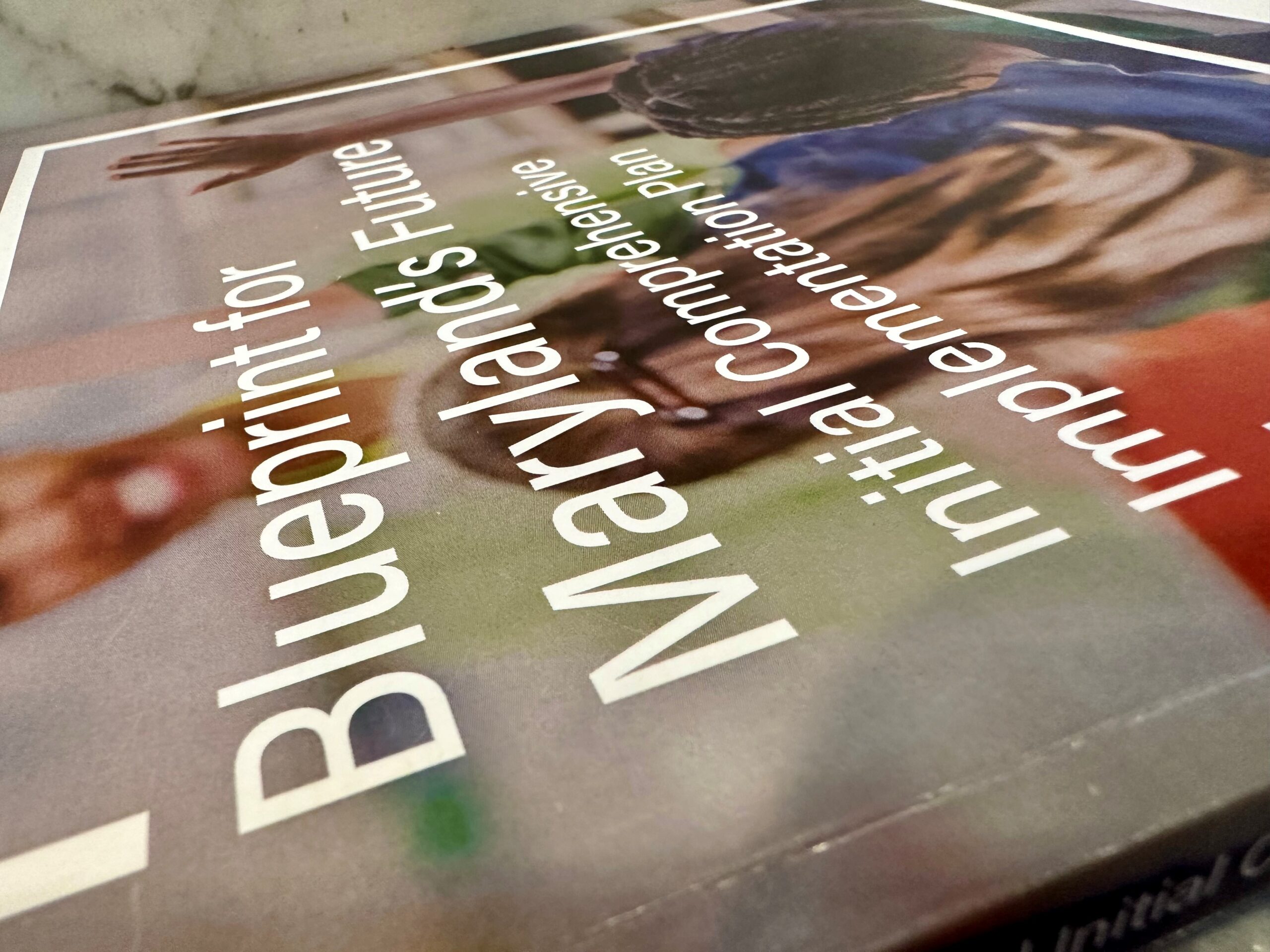
Last in a series
On an overcast day in October, Matt, a 25-year-old with close-cropped blond hair, waits patiently at a food pantry in Severna Park called SPAN. While he waits Matt chats about earning $400 per month at a pizza parlor. It’s not enough to live on but he doubts applying for food stamps would be worthwhile.
“I’ve been told like you are not going to get anything anyway [from food stamps], so it’s kind of discouraging,” Matt explains matter-of-factly.
Instead, he makes the rounds of the various food pantries. But they are not his main source of food.
“People think it’s like weird and gross but I really honestly like dumpstering,” Matt says. “I think it’s like the perfect way to eat honestly. People throw away perfectly good things.” He says he goes “dumpstering” every two weeks.
 Around him the food pantry staff, which is made up almost entirely of volunteers, is busy interviewing clients, stocking shelves with canned goods and preparing cloth bags that will be used for one of its many food drives. It would seem almost like a normal office except for the fact that the people coming through the front door are not really “clients,” they are people searching for food.
Around him the food pantry staff, which is made up almost entirely of volunteers, is busy interviewing clients, stocking shelves with canned goods and preparing cloth bags that will be used for one of its many food drives. It would seem almost like a normal office except for the fact that the people coming through the front door are not really “clients,” they are people searching for food.
This is what it looks like when government fails.
In 1996, the federal government scrapped the traditional welfare programs in favor of giving the states $16.5 billion in block grants that could be used for cash assistance. Nearly a quarter of a century later the amount set aside for block grants has not changed. Adjusted for inflation there is now 40% less money for anti-poverty programs.
The day after Matt showed up at the food pantry, Karen also came looking for help. She has been searching for a job after the Shoprite where she worked closed in May. She lives with her two grandchildren, ages 3 and 4, but it has been a struggle because her unemployment check is only $119 per week.
What about food stamps? Like Matt she shakes her head in disgust. “They told me it would take 30 days to just process the paperwork.”
In less than half an hour after appearing at the food pantry, she and a friend are lugging bags of groceries to a car.
SPAN, which is the acronym for Serving People Across Neighborhoods, works out of the converted parsonage at Our Shepherd Lutheran Church on Benfield Road. The food pantry, which sits behind the church, can’t be seen from the street. The only hint that is there is a small sign next to the church driveway. Yet for the four days of every week the food pantry is open there is a steady stream of people seeking help.

Library of Congress collection.
It has been like this since 1990, when it first opened. Six pastors in Severna Park, who met regularly, noticed an uptick in the number of people needing help. Unfortunately, their timing was impeccable.
In 1996, 68% of families with children who were living in poverty received cash assistance. By 2017 that number had dwindled to 23%.
To make matters worse, the main goal of the 1996 welfare reforms was to push people off government aid and into a job, any job. And to make absolutely sure no one would tarry on the government dole, the federal government set a time limit. With certain exceptions, in your lifetime you can only receive help for five years.
After that there is only a void.
And into this void have stepped the volunteers. At SPAN there are two paid employees, who earn less than $30,000, and approximately 20 volunteers. Between them last year they helped over 3,600 people, including about 1,600 children.
In interviews with the staff at food banks and food pantries, the consensus appears to be that conditions are growing worse. Amy Beller, a social worker at the Wiley H. Bates Middle School in Annapolis, who manages a food pantry at the school, says, “This year I think more than any other year and all the years I have been doing this, kids are taking more food. I don’t know what the difference is but there has been a noticeable increase.”
This need can be seen in its starkest form on Janwall Street in Annapolis on any given Friday. Just around a bend in the road near a huge water tower lies the Tyler Heights Elementary School, a school with one of the poorest student populations in the county.
On the Friday just before Christmas, teachers carried folding tables out to the curb in front of the school shortly before 3 p.m. Alongside the folding tables they put some toys and a rack with children’s winter jackets. There were already cars lined up on the street as parents waited for the 3:25 dismissal bell. Some left their cars and within minutes all the coats were gone.
At about 3:05 p.m. a Ford SUV pulled up and two police cadets from the Annapolis Police department began unloading their car. Inside the car were two more folding tables jammed on top of cartons of food. When they were all arranged, the tables created a workspace about 30 feet long.
While the cadets piled the boxes of food, the crowd grew to about 40 people. They waited patiently in the biting cold until the cadets gave a signal. The line was orderly, but everyone moved quickly to stuff apples, peanut butter, canned goods and a wide assortment of fresh vegetables in plastic shopping bags. In less than 10 minutes, the only things lying on the table were empty cartons.
‘Our goal is to help. Not be the continual provider.’
What happens on Janwall Street is at best ambiguous. Volunteers giving out free food to needy people defines compassion.
And yet, does it change anything? The low wage jobs remain low wage and the meager government programs continue to falter.
“You can’t stop those programs because people need them,” said Anne Palmer, a senior research associate at the Johns Hopkins Bloomberg School of Public Health. “But to solve hunger it has got to be at the federal level. Putting these programs together at the state and local level is almost impossible because there are not enough resources.”
And inside the Tyler Heights school lies the proof of Palmer’s argument.
Kimberly Stanger is a reading teacher at Tyler Heights who also runs the Backpack Buddies program there. Every Friday volunteers at the school put enough food in each backpack to feed a child over the weekend.
“This is not really my job,” she explains. “This is my heart.” She and some friends started the program at her school 12 years ago after she noticed that her students were “coming in real hungry on Mondays.”
Now, in addition to her teaching duties, she oversees a program that feeds approximately 63 students a week as well as providing food to parents and overseeing the school’s food pantry. Her program is one of 69 in the Anne Arundel County Public Schools.
And yet for all the good intentions and the hard work, a recent report by the school system paints a very bleak picture of these Backpack programs.
The report found that, while there are over 22,000 children who are so poor that they are receiving a free lunch, only 1,763 are in the Backpack Buddies program. In other words, the program is only reaching 8 percent of the children who could use it.
One reason for this disparity is that people like Stanger are simply overwhelmed by the need.

Tyler Heights Elementary School in Annapolis. Anne Arundel County Public Schools photo
Of the more than 450 children at Tyler Heights, 90% are receiving a free lunch. Yet Stanger’s Backpack Buddies program has resources for only 65 students. And Stanger decides who will be helped by talking with guidance counselors, reviewing the list of homeless students and, in a school that is 90% Hispanic, consulting the school translator.
“Our goal is to help. Not be the continual provider,” Stanger said. “You know, help everyone get on their feet.”
While Stanger struggles, the report found that 51 schools in the county did not have a program and, worse yet, four of those are Title I schools that have a large population of poor students.
Even in schools that do have a program, the report found that most only reached a tiny percentage of poor students. 23 schools prepared weekend food for less than 10% of the students receiving a free lunch.
At the Anne Arundel County Food Bank the frustration with the Backpack Buddies program is palpable.
“This year I sent out a mass email to (the Anne Arundel Schools) to try and get in contact and I got a couple of new schools which I was happy about,” said Angie Slattery, a staff worker at the food bank. “But nowhere near the amount of schools that are out there. Not a lot of schools are taking advantage of it.”
The school system’s answer to this overwhelming need can also be found at Tyler Heights in the person of Sarah Daniels-Larson. Up until last year Daniels-Larson, a 13-year veteran of AACPS, had been a resource teacher for English language learners. Now she is the Tyler Heights Community School Program Manager.
“The goal of the program is to connect the needs of the school with resources within the community,” Daniels-Larson said. “Looking not just in the school system for support but extending our eyes beyond and establishing relationships with business partners and nonprofit agencies to help meet the needs of our community.”
In other words, absent help from the state or federal government, the school system is seeking more volunteers.
But if the Backpack Buddies program is any guide, it would appear that child hunger is too large a problem to be left to volunteers, no matter how well meaning they may be. The skewed poverty measures, inadequate and punitive government programs, and lack of any coordination are all signs that our society has chosen to ignore child hunger. And that raises a fundamental question about us.
If we don’t feed our children, who are we?
Read the whole series:
Part one: Meet the Food Stamp Firms of Maryland, plus Bum Blockade: How We Got the Food Stamp Data
Part two: All About the Hunger Industry, plus The Tax Deduction Recipe That Feeds Hunger
Part three: Measuring Hunger: One Size Does Not Fit All, plus Calculating How to Go Hungry
Part four: The No Man’s Land of Childhood Hunger
Part five: When the Floor Becomes the Ceiling
Part six: There’s No Wage Like the Minimum Wage
***
Enjoy reading Maryland Matters?
Get our morning news roundup in your inbox. Free.
Click here to sign up.



 Creative Commons Attribution
Creative Commons Attribution